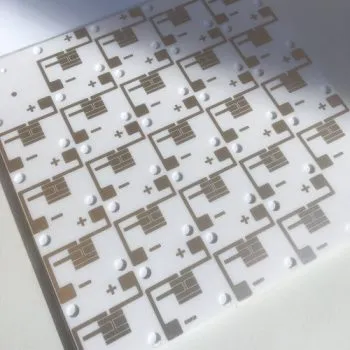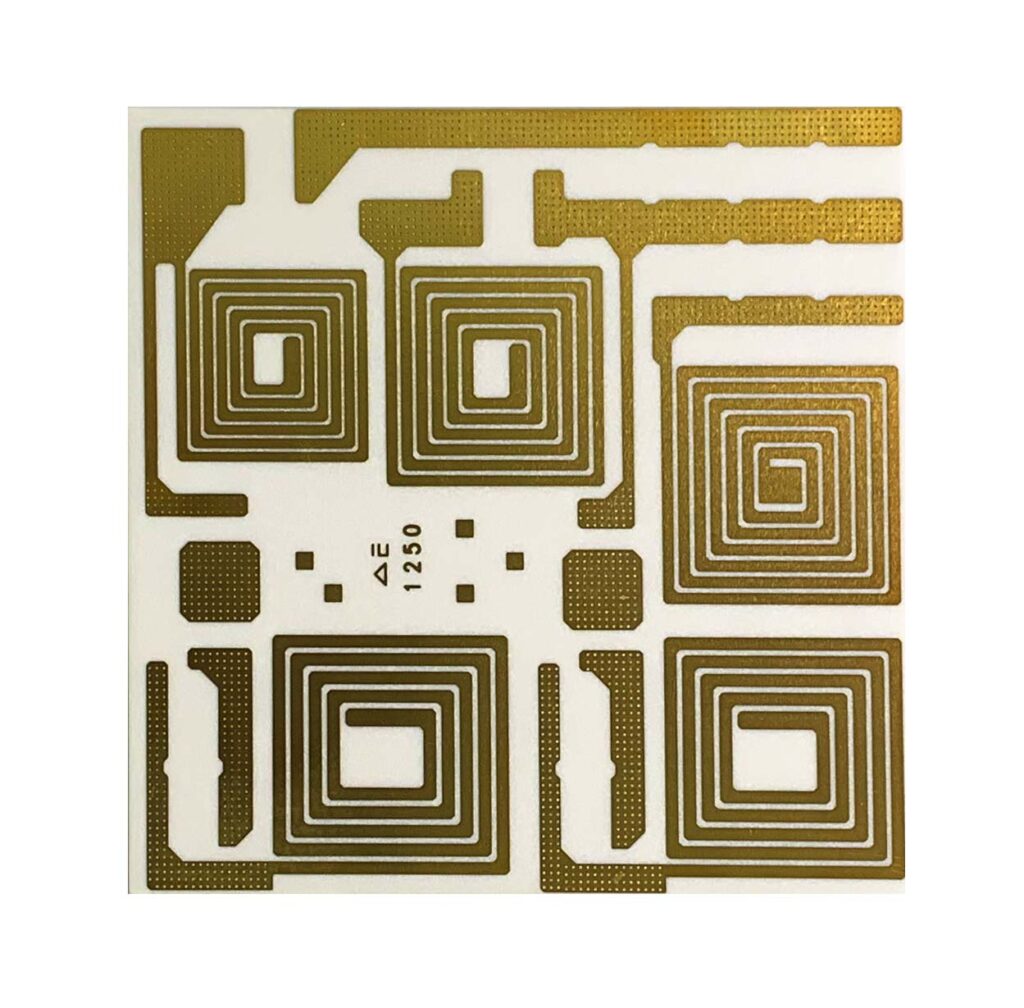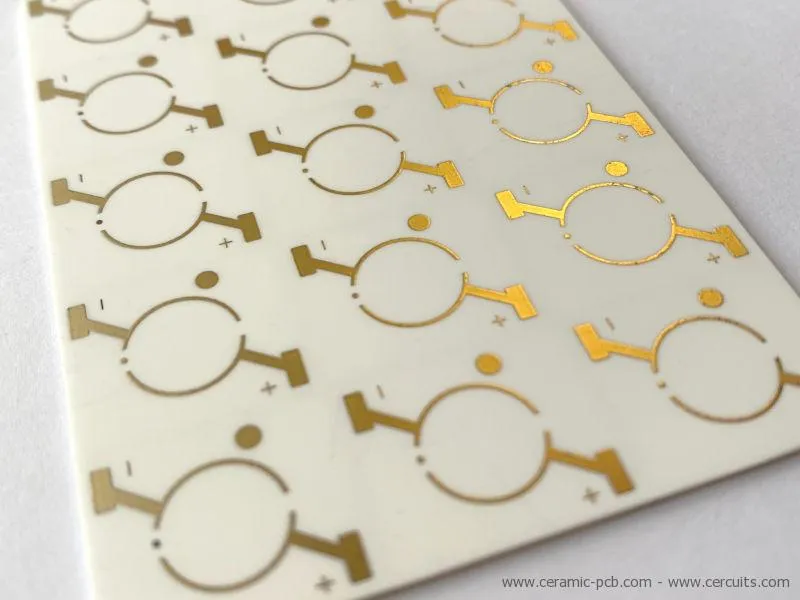Comparative analysis of aluminum oxide PCB and ceramic PCB
Our requirements for the functions of different application products are gradually increasing, and the requirements are getting higher and higher. Tracing back to the source, we have more and more standards for PCB types. We will explore the complexity of the two PCB types, aluminum oxide PCB and ceramic PCB. Understanding the differences between these PCBs is critical for engineers, designers, and manufacturers to seek the best choice for their electronic applications.
Characteristics and composition of aluminum oxide PCB
Alumina oxide PCBs are primarily composed of aluminum oxide (Al2O3), and their main properties are their high thermal conductivity. This feature effectively dissipates the heat generated during the operation of electronic devices, preventing overheating and ensuring optimal performance. The thermal conductivity of aluminum oxide often exceeds that of traditional PCB materials such as FR-4. Aluminum oxide is an excellent electrical insulator that prevents accidental conduction between different circuit components on a PCB, thereby reducing the risk of short circuits and improving the overall reliability of electronic equipment. They have high dielectric strength, essential to prevent electrical breakdown or flashover. This feature ensures the PCB can withstand high voltages without affecting its insulating capabilities. Alumina PCB provides excellent mechanical strength and hardness. Making them have a long life and suitable for harsh working conditions.

The Versatility of Ceramic PCBs
Ceramic PCBs are known for their versatility and excellent thermal management. This feature allows for efficient heat dissipation, making it ideal for applications requiring superior thermal performance. The excellent electrical insulation properties of ceramics contribute to the excellent electrical performance of ceramic PCBs. This insulation prevents unnecessary conduction between different components on the circuit board, thus ensuring the reliability of various electronic circuits. The precision manufacturing capabilities of ceramic PCBs enable complex circuit designs and miniaturization. These boards support high-density component integration, making them suitable for applications requiring space efficiency and compact design. They also have high dielectric strength, providing strong high-voltage insulation capabilities. This feature is critical for applications where electrical breakdown or flashover must be avoided to ensure the integrity of electronic equipment.
Aluminum Oxide PCB in Thermal Management
Aluminum oxide PCBs excel at high thermal conductivity, spreading heat evenly throughout the board. This even distribution helps prevent hot spots and ensures all components experience similar thermal conditions. These boards support the effectiveness of cooling systems such as heat sinks or thermal interface materials, further optimizing thermal management. Aluminum oxide pcb provides thermal matching to the semiconductor device, ensuring that the material’s thermal properties are consistent with the component’s, promoting efficient heat transfer and minimizing stress caused by thermal mismatch, thereby improving the overall electronic system reliability.
Balancing the Strength and Brittleness of Ceramic PCBs
Ceramic PCBs have excellent mechanical strength. This strength helps increase the durability of the PCB, allowing it to withstand mechanical stress and environmental factors, ensuring long-term reliability. Despite their high strength, ceramics are inherently brittle materials. Brittleness is a defining characteristic of ceramics, which refers to the tendency of ceramics to crack or crack rather than deform under stress. This brittleness creates challenges in handling and manufacturing processes. The brittleness of ceramic materials requires precision in the manufacturing process. Careful handling, cutting, and machining are critical to avoid microcracks or defects that could compromise the integrity of ceramic PCB.

Customized options based on needs
If the application requires superior thermal conductivity for efficient heat dissipation, an alumina PCB with high thermal conductivity may be the first choice. However, ceramic PCBs may be more suitable for applications that require a balance between thermal performance and mechanical strength. When mechanical properties become a priority, ceramic PCBs become an attractive option. Ceramic PCBs offer enhanced durability for applications subject to mechanical stress or needing to resist physical impact. In high-frequency applications with critical signal integrity, such as RF or microwave circuits, aluminum oxide PCBs may be the first choice. Aluminum oxide’s low dielectric constant and low loss tangent facilitates efficient signal transmission.
Ultimately
Our designers and manufacturers must understand these PCBs’ complexities and consider their applications’ specific requirements. Whether it’s the efficiency of alumina or the versatility of ceramics, the key is that PCB selection is consistent with the unique requirements of each electronics application to ensure optimal performance and reliability.

